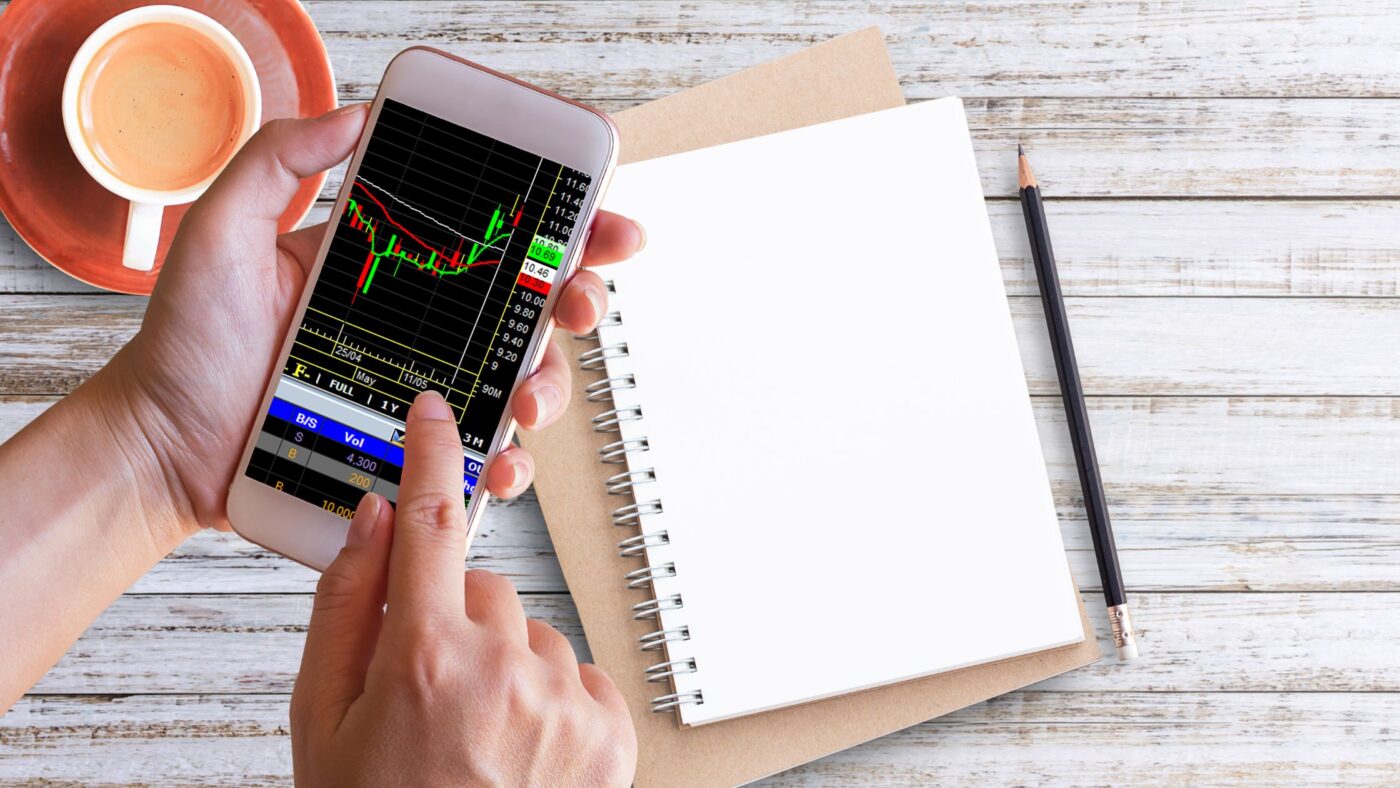Blog
What is forex margin?
Forex margin refers to the collateral or deposit required by a forex trader to open and maintain a trading position. It is a portion of the total value of the trade that a trader must have available in their trading account.
In forex trading, leverage is commonly used, allowing traders to control positions that are larger than their account balance. Margin is the amount of funds that traders must allocate in their account to support these leveraged positions. It acts as a form of security for the broker against potential losses incurred by the trader.
Margin is typically expressed as a percentage or a ratio, known as the margin requirement or margin ratio. For example, if a broker offers a leverage of 100:1, the margin requirement would be 1% of the total trade size.
Here’s an example to illustrate how margin works:
Let’s say you want to open a position to buy 1 lot (100,000 units) of a currency pair. If the margin requirement is 1%, you would need to have 1% of the total trade value as margin in your account. Assuming the current exchange rate is 1.2000 for the currency pair:
Total Trade Value = 1 lot * 100,000 units * 1.2000 = $120,000
Margin Required = 1% * $120,000 = $1,200
In this example, you would need to have at least $1,200 in your trading account as margin to open the trade. This amount may vary depending on the leverage offered by your broker and the specific currency pair you are trading.
It’s important to note that margin allows traders to amplify their potential profits, but it also increases the risk of losses. If the market moves against your position, and your losses deplete your account balance, you may receive a margin call from your broker, requiring you to deposit additional funds to maintain your position or close it to limit further losses.
Traders should carefully manage their margin levels and consider implementing risk management strategies such as setting stop-loss orders and monitoring their positions closely to avoid excessive losses or margin calls.

